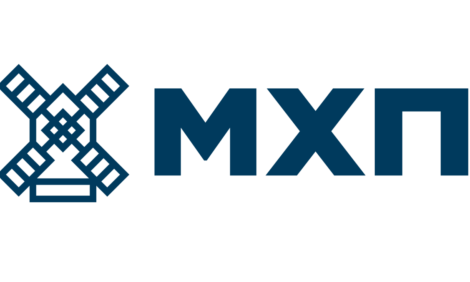



Novel Training Opportunity for Poultry Vets
US - A novel academic programme has been established as a joint project between the University of Melbourne and the University of Georgia to ensure veterinarians are properly trained to meet the demands of modern poultry production.World-wide, consumers eat approximately 11 kg of chicken meat annually per person, corresponding to a production level of 80.3 million tonnes of chicken meat in 2009. Increasing development across the globe will only expand consumer demand for protein sources. Accordingly, the chicken meat market is predicted to expand to 100.6 million tonnes by 2015, with 60 per cent of the growth occurring in countries such as Brazil, China and Mexico. The expanding poultry industries in these developing countries have increased the demand for highly qualified poultry veterinarians around the world. As the poultry industries in developing countries expand and emulate production practices in developed countries, the role of the poultry veterinarian will also need to take on more than the traditional roles. Poultry veterinarians have key functions along every step of the production process, including to:
- Develop, implement and manage disease-prevention programs in production and primary breeding companies.
- Monitor breeding, hatching, rearing and slaughter of birds to ensure disease prevention and product quality;
- For companies having facilities in multiple locations, the veterinarian must be able to tailor programs suitable for each geographic location;
- Train personnel within production facilities to implement the disease programs;
- Monitor flock health through data analysis, site visits, and surveillance.
- Insure wholesomeness of final product for assurance of food safety;
- Deal with complex issues such as animal welfare and environmental quality.
In order to properly train veterinarians to meet all of these demands in modern poultry production, a novel academic program has been established as a joint project between the University of Melbourne and the University of Georgia.
The Master of Avian Health and Medicine (MAHM) will be a jointly awarded degree for students completing the 6 semester program. The program, delivered through Avian Health Online™ (AHO), is designed for the veterinarian who is already employed in the field, and seeking additional education and knowledge.
The AHO course is made up of six units of study that progressively build upon the knowledge in previous units:
- Unit 1: Poultry Industry Fieldwork
- Unit 2: Poultry Pathology and Diagnosis of Disease
- Unit 3: Microbiology and Serology in Disease Control
- Unit 4: Product and Public Safety, Trade and Economics
- Unit 5: Advanced Poultry Diseases
- Unit 6: Research Project.
The degree of Master of Avian Health and Medicine (MAHM) requires a minimum of three years part-time study to complete all six units. The MAHM program is recognized as an accredited training program by the American College of Poultry Veterinarians. Additionally, a Postgraduate Certificate in Avian Health is also available through AHO, which can be completed with one year of part-time study upon completion of Units 1 and 2 only.
All classes are web-based instruction requiring approximately a 15 hour a week commitment during the 16 weeks of each semester. Learning is accomplished via on-line lectures, assigned readings, on-line discussions and forums, and preparation of assignments and learning exercises. On-line instructors are available for direct questions in discussion forums and students also can interact regularly in the forums to discuss issues they are experiencing in their current positions. Assessments are via on-line quizzes and exams.
Advances in technology have allowed development of on-line learning programs for various professionals and poultry veterinarians should not be an exception to this trend. Traditional undergraduate veterinary programs are not able to educate their students in all the skills and competencies that a poultry veterinarian will need to meet their modern job roles in the poultry industry. Advanced academic training allows students to quickly be an asset to their employer as compared to just on-the-job training. Present and future training needs for the number of veterinarians needed globally for the expanding poultry industry is most likely going to be met through web-based programs like the MAHM.
Interested veterinarians should examine these two websites to learn the most current information regarding admissions to both universities:
www.vet.unimelb.edu.au/futurestudents/avianhealth.html
www.uga.edu/gradschool/programs/animal_hlth_mahm.html








